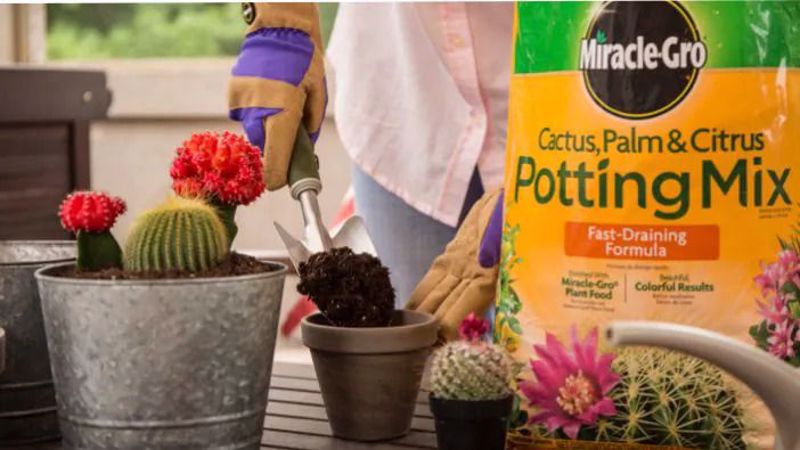Lowes has experts instore who can help you with all your gardening challenges. Using a Lowes Money Saving Coupon from We Are Coupons looking after your garden costs less. The quality of soil is crucial for the success of your plants. Whether you're potting indoor plants or filling up raised beds for your garden, selecting the right soil is essential. In this comprehensive guide, we will explore the factors to consider when choosing potting soil and raised bed soil. From understanding soil composition and nutrient requirements to evaluating water retention and drainage capabilities, this guide will empower you to make informed decisions and provide the optimal growing environment for your plants.
Understand Soil Composition
To choose the best potting soil and raised bed soil, it's essential to understand soil composition. A balanced soil mix generally consists of three main components: organic matter, inorganic matter, and air space. Organic matter, such as compost and peat moss, improves soil fertility and structure. Inorganic matter, like sand and perlite, aids in drainage and prevents compaction. Adequate air space ensures proper oxygen flow to the plant roots. A healthy soil mix should provide a suitable balance of these components.
Consider Nutrient Requirements
Plants require essential nutrients to thrive. When selecting potting soil or raised bed soil, consider the nutrient content and the specific needs of your plants. Look for soil mixes enriched with organic fertilizers, such as composted manure or worm castings, which provide a slow-release source of nutrients. Soil labeled as "complete" or "all-purpose" is typically formulated to support a wide range of plant types. Tailor your choice based on the specific needs of the plants you intend to grow.
Evaluate Water Retention and Drainage
Proper water management is critical for plant health. Potting soil and raised bed soil should have a balance of water retention and drainage capabilities. Soil that retains too much water can lead to root rot, while soil with poor water retention can cause plants to dry out quickly. Look for soil mixes that strike a balance, ensuring sufficient moisture while allowing excess water to drain away. Adding perlite or vermiculite to the soil mix can improve drainage, especially for plants that require excellent drainage, like cacti or succulents.
Organic vs. Synthetic Soil
Consider whether you prefer organic or synthetic soil for your potting and raised bed needs. Organic soil contains natural ingredients, such as compost and peat moss, and is free from synthetic fertilizers or pesticides. It supports sustainable and environmentally friendly gardening practices. Synthetic soil, on the other hand, is often formulated with mineral-based additives and may contain controlled-release fertilizers. Choose the type of soil that aligns with your gardening philosophy and preferences.
Soil pH and Plant Requirements
Soil pH, which indicates its acidity or alkalinity, plays a crucial role in plant health. Some plants thrive in acidic soil, while others prefer alkaline or neutral pH levels. It's essential to match the pH requirements of your plants with the soil you choose. Soil pH can be adjusted by incorporating amendments, such as lime or sulfur, into the soil mix. Perform a soil test to determine the existing pH level and make any necessary adjustments to create an ideal growing environment.
Consider Disease and Pest Resistance
Certain soil mixes are formulated to be disease and pest resistant. They may contain additives like beneficial microorganisms, natural fungicides, or pest repellents. If you've had previous issues with plant diseases or pests, choosing a soil mix with these added benefits can provide an extra layer of protection for your plants.
Read Reviews and Seek Recommendations
Before making a final decision, read product reviews and seek recommendations from experienced gardeners or horticulturists. Online gardening forums, community groups, and local gardening centers can be valuable sources of information. Learn from others' experiences and gather insights to find the best potting soil and raised bed soil options available in your area.
Conclusion
Choosing the best potting soil and raised bed soil is vital for providing a healthy growing environment for your plants. By understanding soil composition, considering nutrient requirements, evaluating water retention and drainage, deciding between organic and synthetic soil, matching pH levels, and considering disease and pest resistance, you can make an informed decision. Remember to read reviews and seek recommendations from trusted sources. With the right soil, you'll lay the foundation for successful gardening and ensure the thriving growth of your plants.




